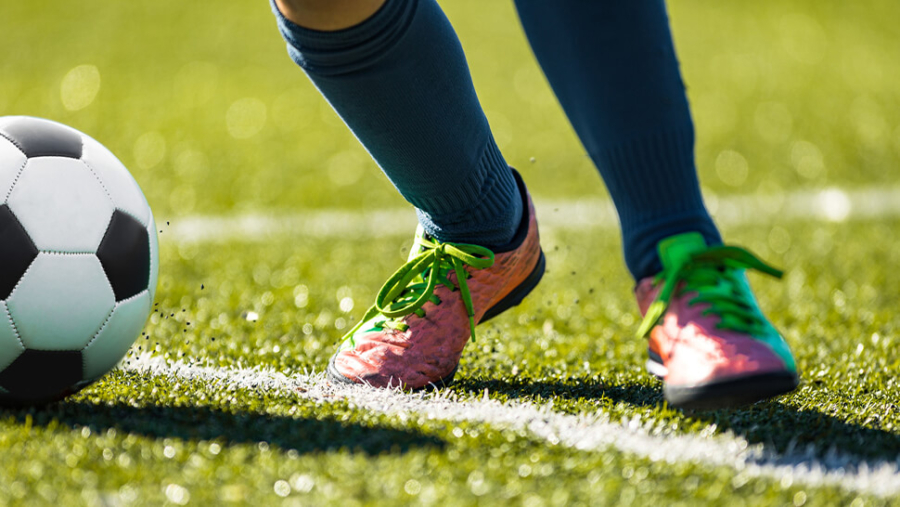

Image rights are, unsurprisingly, the right of an individual to protect their image. It is their right to prevent unauthorised use of their name, nickname, voice, signature, initials, social media handles, avatar etc – essentially anything that identifies them personally.
In sport, the commercialisation of a sports star’s image can earn vast amounts of money. Merchandise, promotion and sponsorship deals can often earn a sport star more money than their wages. For example, in 2018, Roger Federer earned $77.2m, with $12.2m coming from winnings and a whopping $65m coming from the various sponsorship and merchandise deals he has in place. Likewise, the golfer Jordan Spieth earned $41.2m in 2018, with $11.2m coming from winnings and $30m coming from various endorsements.
So it is easy to see why athletes are so keen to protect their image rights. This is because, where their name or image is attached to products, even without their approval, that implies the athlete has approved of or endorsed this product. This can lead to a reduction in licensing royalties and damage to their reputation, especially if they are associated with inferior or inappropriate products.
Currently the law surrounding image rights varies from country to country. In the USA, many states have adopted laws protecting the right of publicity and the right to control the use of one’s identity, Canada have similar laws and various EU member states have image rights embodied in their civil code.
English law, however, currently has no statute-based protection of image rights. Here, trade mark rights and the law of passing off must be relied on.
Ever since Fred Perry registered his signature as a trade mark in 1965, athletes have been using trade marks to protect a crucial element of their brand. John McEnroe had his famous catchphrase, “YOU CANNOT BE SERIOUS!”, as a registered trade mark (although this has since been abandoned), “SERENA WILLIAMS”, “SCHUMI”, “LEWIS HAMILTON”, “MESSI”, “USAIN BOLT” and “CRISTIANO RONALDO” are but a few examples of names that have been trademarked. Some athletes also register numbers or images related to their brand, for example “CR7” (Cristiano Ronaldo), “LH44” (Lewis Hamilton), “DB23” (David Beckham) and the “lightning bolt pose”:
Trade marks go a long way towards protecting an athlete’s image rights but the law of passing off is considered the most effective way of protecting image rights in the UK.
Passing off prevents a party implying their products are connected to those of the rights holder.
Contracts
If an athlete plays for a club, the commercial value of their image rights is also big business for the club they play for. This is because the club will own a percentage of the athlete’s image rights.
This provides an important revenue stream each time these image rights are used in sponsorship, advertising, on clothing etc. For example, it was estimated that the total value of David Beckham’s signing to Real Madrid, and his wages for the four years he was a player there, were recouped in the first six months of his contract through sales of football shirts alone.
Image rights contracts can therefore be quite complex, as exploitation of an athlete’s image rights can be activated on different levels:
• In a personal capacity – the athlete has individual endorsements with famous brands
• In a club capacity – the athlete’s image rights are used to promote the club’s branded products
• Overall team sponsorship – this usually applies to national teams where the athlete’s image rights are used by main sponsors
It is therefore important to engage a legal representative with relevant experience who understands the need for careful and considered drafting.
If you would like to know more, or need help in protecting image rights, please contact Emma Kirkpatrick on 01905 744 992 or at [email protected]










